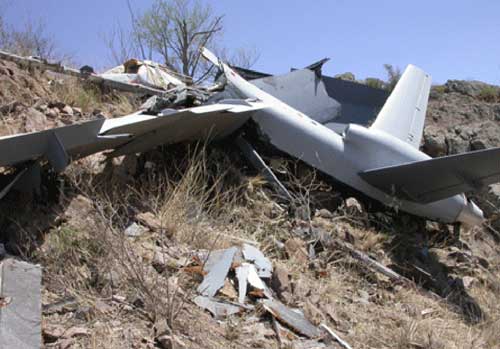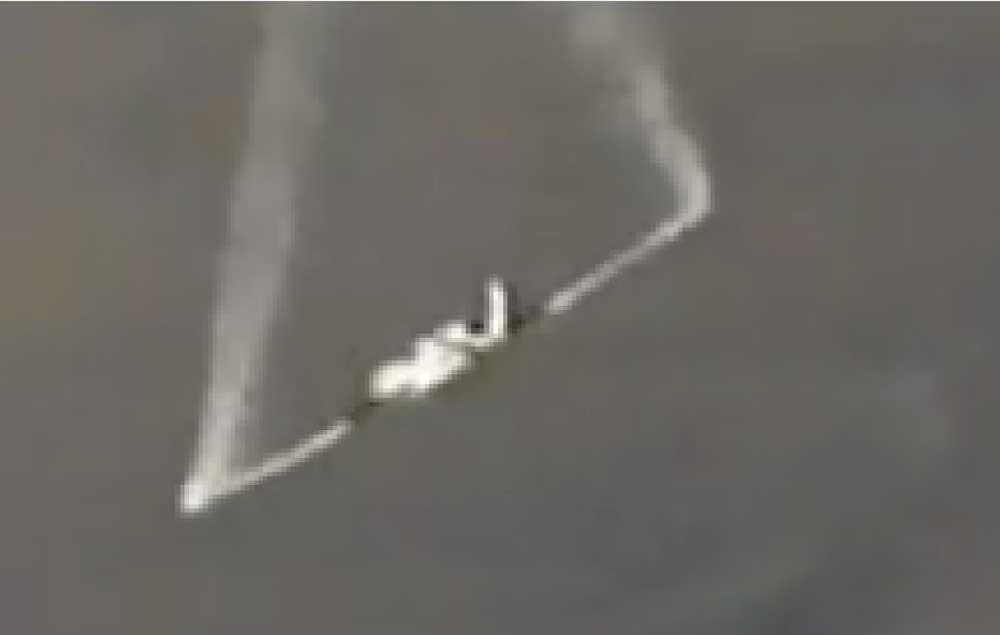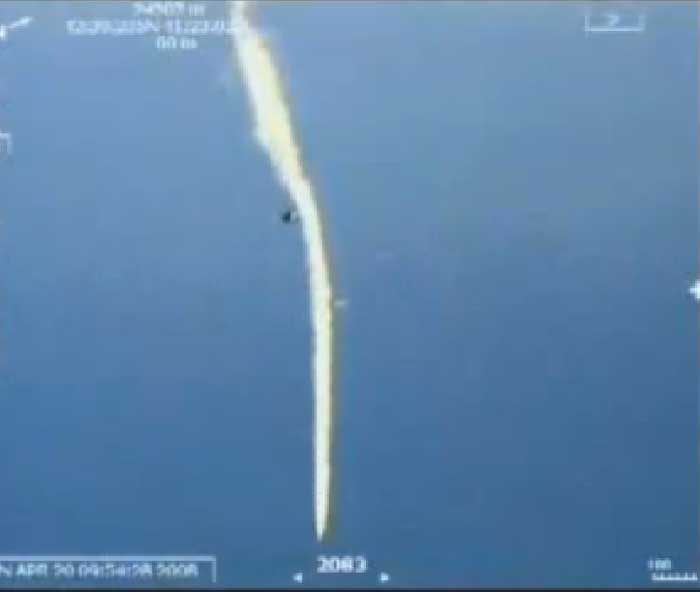
01/02/2011 – UAVs are key tools in the toolbox to support ground forces and to augment and or supplement manned aircraft. Whether they are able to operate in the contested airspaces of post-Afghan military environments or even the threats posed by a contested air dominance environment, such as on the Lebanese border are an open question.
And there have been significant losses of UAVs as well. Some sources cite as much as 45% of the Predator fleet has been lost over the past three years.
Another source cites USAF officials that acknowledge that more than a third of their unmanned Predator spy planes — which are 27 feet long, powered by a high-performance snowmobile engine, and cost $4.5 million apiece — have crashed, mostly in Iraq and Afghanistan.
Another source indicates that recently the USAF asked for 12 new predators to replace those recently lost.
See an official USAF site which can be used to track recognized losses.
The Israelis are focusing on air dominance challenges posed by the evolution of the ground based missile threat. One key tool they intend to use against this threat is the UAV for targeting and the ground based missile for elimination of the threat. They are also putting the F-35 in the mix to deal with the potential vulnerability of UAVs.
 Global Hawk Crash at China Lake (Credit: http://www.aviationspectator.com/video/video-rq-4-global-hawk-uav-crash)
Global Hawk Crash at China Lake (Credit: http://www.aviationspectator.com/video/video-rq-4-global-hawk-uav-crash)
The threats can be broken down into four categories.
First, the Russians and we have shown how look down and shoot down techniques can destroy UAVs at virtually every altitude.
Second, low and mid range UAVs are subject to attack from a variety of ground based air defense capabilities, and the evolution of hand held SAMs will hold UAVs at this range at risk in the years to come.
Third, developing capabilities for air bursting munitions in the vicinity of the UAVs can hold them at risk. An example cited of the air bursting munitions capability is ATK’s Rapid Capture and Disablement of UAVs which is a gun-launched projectile guided by an infrared proximity sensors that bursts in the vicinity of a UAV, emitting high-performance netting, along with rapidly expanding foam. The foam then encapsulates the UAV, and electronically disruptive conductive carbon disables the aircraft’s communications, thereby disabling it without destroying it.
Fourth, we are developing truck mounted or ship based lasers, which can dismantle UAVs up to medium altitudes with high altitudes on offer.
 Georgian UAV Sees Missile About the Kill It from Russian Fighter (Credit: http://www.youtube.com/watch?v=U49n1JuWAmc)
Georgian UAV Sees Missile About the Kill It from Russian Fighter (Credit: http://www.youtube.com/watch?v=U49n1JuWAmc)
And one analyst offered a warning that UAVs can perform much less effectively in operating in air space.
Kevin Williams of the FAA Civil Aerospace Medical Institute has worked for medical standards for UAS pilots. During the NTSB panel discussion, he pointed to several disorienting factors that affect UAS operations, including latency, or the time delay in the relaying of information between vehicle and pilot. The camera system on the Pioneer UAS retracts just before landing to protect it from a rough touchdown, at which point the remote pilot loses all video. A spotter at the remote runway has to radio the operator to shut down the engine after landing; in one instance, an ambiguous call led to a premature shutdown and a crash.
An authority on training conventional pilots to handle vertigo, Williams said that UAS pilots lack the vital sensory clues that warn of an impending risk. These include changes to the ambient noise, the sensation of pitch and yaw, vibration, and control forces becoming heavy or mushy. Even the sense of smell is important as an indicator of trouble in a cockpit. All such “diagnostic” cues are absent in the UAS. “You can simulate some of this information, but you can’t replace it,” said Williams, noting that 26.5 percent of accidents in the Predator were at least partly due to pilot misperceptions.
And, finally, we are doing a lot of work to determine how to disable the UAVs the Iranians and others are developing. We have to assume that anything we can develop, the Chinese and others are capable of doing as well. So the point is we cannot treat UAVs as viable tools in all circumstances. They are part of the solution; they are not silver bullets by any means.
See the Drone Crash Database for an attempt to catalogue the phenomenon.

